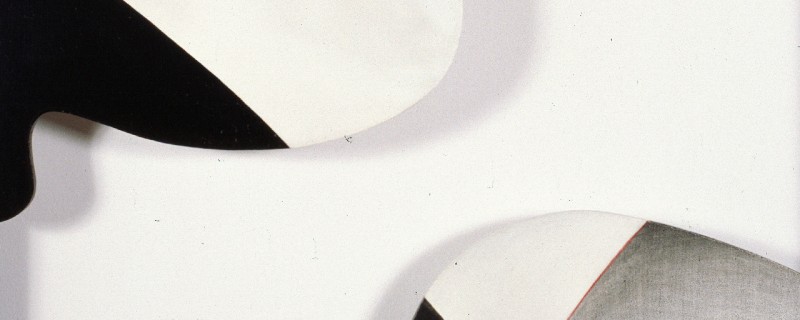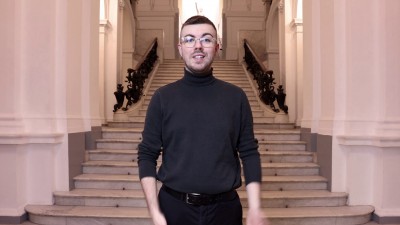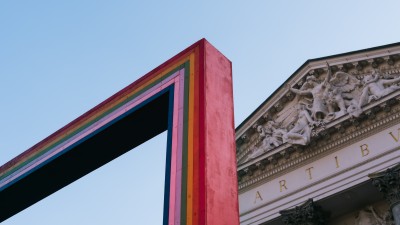
About us
The history of Zachęta began in 1860 when, on the initiative of a group of painters (including, for example, Wojciech Gerson), the Society for the Encouragement of Fine Arts (TZSP) was founded. In the Russian-governed part of Poland it was the first institution devoted to the exhibition and collecting of Polish art.
‘As an association of Artists and art Lovers, the mission of the Society for the Encouragement of Fine Arts is to promote the fine arts at home and to offer help and encouragement to artists, especially young ones, graduating from the School of Fine Arts in Warsaw’
proclaimed the Art. 1 of the Act of the Society for the Encouragement of the Fine Arts in the Kingdom of Poland.
By the late 19th century, the Society had become a well-known institution that played an influential role in Polish artistic life. It lacked, however, its own exhibition space, using rented premises at Krakowskie Przedmieście Street, e.g. in the Mokronowski Palace, Gerlach Hotel or the Bernardine monastery by St. Anne’s Church. Following architectural competitions held in 1894 and 1896, Stefan Szyller, one of the most outstanding Polish architects, author, among other designs, of the Warsaw University of Technology building, was commissioned to design and supervise the construction of the Zachęta building. A sculptural decoration with the famous tympanum representing a personification of the arts and the inscription ARTIBUS (‘To the Arts’) was created by Zygmunt Otto.
From the very beginning Zachęta was a community and national initiative. It is worth stressing the role of numerous donors, without whom the fine building, reminiscent of the 19th-century architecture of European metropolises (e.g. Vienna, Berlin or Paris), would have never been built. Ludwika Górecka, a well-known social activist and philanthropist, donated a plot of land at Plac Małachowskiego. The building opened on 15 December 1900. Soon a permanent exhibition was unveiled, featuring, for example, Jan Matejko’s Battle of Grunwald. Visits at Zachęta became a popular pastime for Varsovians, where they were able to view the finest paintings by Jacek Malczewski, Józef Mehoffer or Stanisław Wyspiański, sculptures by Xawery Dunikowski, Henryk Kuna or Edward Wittig, and many other works. The development, through acquisitions and donations, of a collection of Polish art was an important aspect of the institution’s activities.


